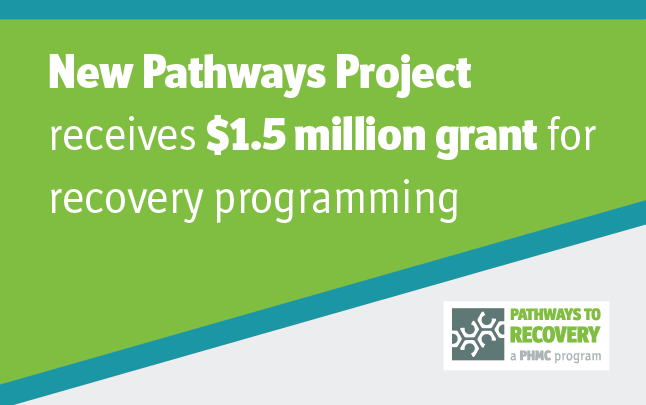Study Shows Many SEPA Residents
Lack Healthy Lifestyles
Think you're not getting enough exercise or fresh fruits and vegetables? You're not alone. PHMC's Community Health Data Base (CHDB) 2008 Household Health Survey shows that many Southeastern Pennsylvania (SEPA) residents do not receive sufficient exercise and fresh produce.
How many days per week
do SEPA adults and children exercise?
CHDB data show that almost 42% of adults in SEPA, or 1,222,200 people, exercise less than the recommended 30 minutes three times per week. For SEPA children, the rate is even greater; half of children (51%) participate in physical activity less than three times a week.
Among adults, notable trends emerge:
- The older the individuals, the less likely they are to report exercising three or more times per week. Approximately 46% of adults 60+ report exercising less than three times weekly compared with 39% of adults ages 18 to 39.
- Those living below the poverty level* are less likely to exercise regularly compared with those living at or above the poverty level (approximately 51% and 41% respectively).
- Among SEPA residents who exercise less than three times weekly, approximately 55% described themselves as being in "fair" or "poor" health.
- Males and females report similar amounts of weekly exercise. Forty-one percent of males and 42% of females reported they exercised less than three times weekly.
What barriers prevent regular exercise?
Perhaps you have a gym membership you don't use or a bicycle that's been rusting in the garage for years. In fact, many people report not having the time for exercise.
The three most common reasons cited across all five SEPA counties for lack of regular physical activity include:
- No time or too busy (41%)
- Health issues/ physical limitations (31%)
- Don't like it (9%)
Finding it difficult to get your apple a day?
Are you getting the USDA-recommended daily servings of fruits and vegetables each day? Depending on your age and gender, the USDA recommends eating two to three cups of each daily. According to the 2008 survey, about 74% of adults and 72% of children eat fewer than four servings** of fruits and vegetables combined per day.
Limited access to fresh produce raises a barrier. In SEPA, approximately 6% of adults reported that it is difficult or very difficult to find fresh fruits and vegetables in their neighborhoods and about one in seven adults (14%) reported that the quality of groceries in their neighborhood was fair or poor. In Philadelphia, these percentages are higher: 10% of Philadelphia adults report difficulty finding fresh produce while nearly one in four (24%) report fair or poor quality groceries in their neighborhood. (See page 1 for information on how PHMC's affiliate Health Promotion Council is working to increase access to fresh produce for Philadelphians.)
For more information on the findings presented in this article, please contact CHDB research associate Allegra Gordon at This email address is being protected from spambots. You need JavaScript enabled to view it..
*The poverty level is defined by the U.S. Department of Health and Human Services based on household income and size. In 2008, a family of four with an annual income of $21,200 or less was considered to be living below poverty level.
**A serving of fruit or vegetables is equal to a medium apple, half a cup of peas, or half a large banana.
CHDB Member Spotlight
Many local organizations use CHDB data to better understand the needs of their clients and plan programs to meet needs highlighted by CHDB's Household Health Survey. One of those is Philadelphia Corporation for Aging (PCA), one of the region's largest nonprofit organizations. PCA is dedicated to improving the quality of life for older Philadelphians and people with disabilities by helping them to achieve optimum levels of health, independence and productivity. PCA contracts with more than 100 community organizations to deliver social and healthcare services to more than 100,000 consumers each year and has been accessing and applying CHDB's Household Health Survey data for almost 26 years.
"PCA uses CHDB data in three or four different ways in any given day for several different purposes. We use CHDB data to identify trends among the elderly and use the data for planning, grant writing, research, program evaluation and program design. We use it for writing grants for various kinds of programs and services we offer in order to demonstrate the need for these programs and services. For example, looking at CHDB's data on the number of elderly women who have or have not had mammograms helps us make the argument for the need for breast cancer screenings for our clients. We also use CHDB data in research in order to test hypotheses, for instance what factors contribute to the well-being of the elderly," says Allen Glicksman, Ph.D., director of planning and evaluation, Philadelphia Corporation for Aging.





